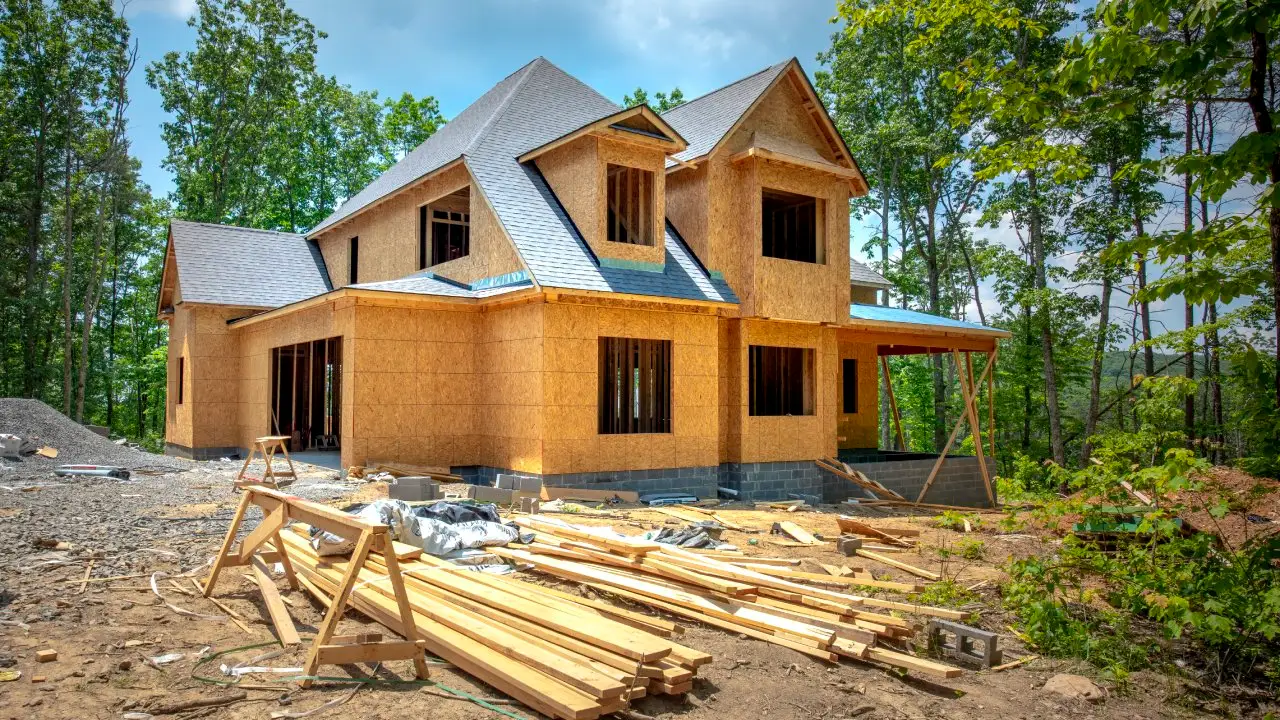As we begin 2024, it is informative to evaluate what transpired in 2023 in the construction industry, and especially the use of construction technology. 2023 ushered in a variety of newly implemented construction technologies including 3D printed entire houses, improved wearables that detect all aspects of the construction worker from location to temperature to heart rate, increased use of modular construction for entire apartments, hotels, and condominium projects, and eco-friendly and conservation minded technologies to minimize carbon footprint, water preservation and sustainable construction methods, to name a few.
2023 also identified some significant issues in the construction industry. First and foremost, the labor shortages and hiring of skilled and qualified workers continued to be an issue resulting in increased delays, construction accidents, and project mismanagement. The skyrocketing interest rates, decline in commercial/office projects, supply chain issues, material price fluctuation and increase changes in scope of projects all negatively impacted the construction industry in 2023. There is also the demand for renewable and infrastructure projects put strain on construction resources as the projects became “mega” with larger and more complex construction leading to multi-party, high dollar, and more complex claims. Finally, there is a growing trend of construction claims and litigation being financed by third party litigation funding sources for personal/bodily injury claims and construction defect claims.
In examining the Tech Adoption Maturity Index (TAMI), technologies were used in construction from enterprise software, field management, sensors/monitoring, reality capture and live data recordation, safety, and tech innovation efforts. For example, the 2023 TAMI revealed an increased use in drones, virtual reality and imagery, digital twinning, laser scanning, wearables, GPS, 3D printing, and Customer Relationship Management software. The 2023 TAMI also identified alternative production methods and materials to combat supply chain and material cost fluctuation issues. Additionally, the 2023 TAMI responded to the other construction trends from 2023 including hiring and labor challenges by use of robotics and automation to replace the loss of skilled workers.
So, what lies in store for the construction industry for 2024? There will continue to be issues impacting the construction industry from inflation, increased interest rates, labor and hiring shortages, supply chain issues, material cost spikes, and the lack of proper jobsite safety measures. But as indicated with the 2023 TAMI, the multitude of technology options and resources are helping curb the number of construction accidents, construction deficiencies and minimizing the time to complete the project which reduces unnecessary delays. Forecasters have described 2024 as “muted” and a “mixed bag” dependent on the market conditions. But we are optimistic that the continued implementation of construction technologies and innovation will dramatically assist the ever-growing construction industry.




